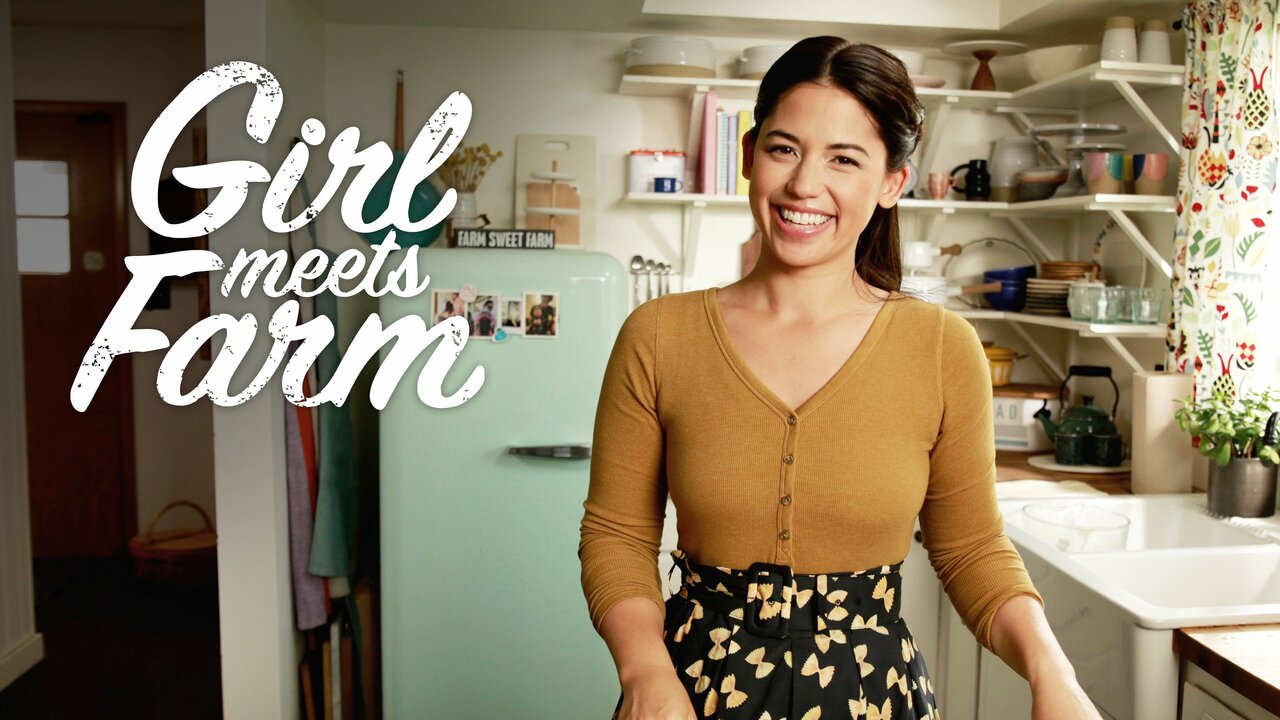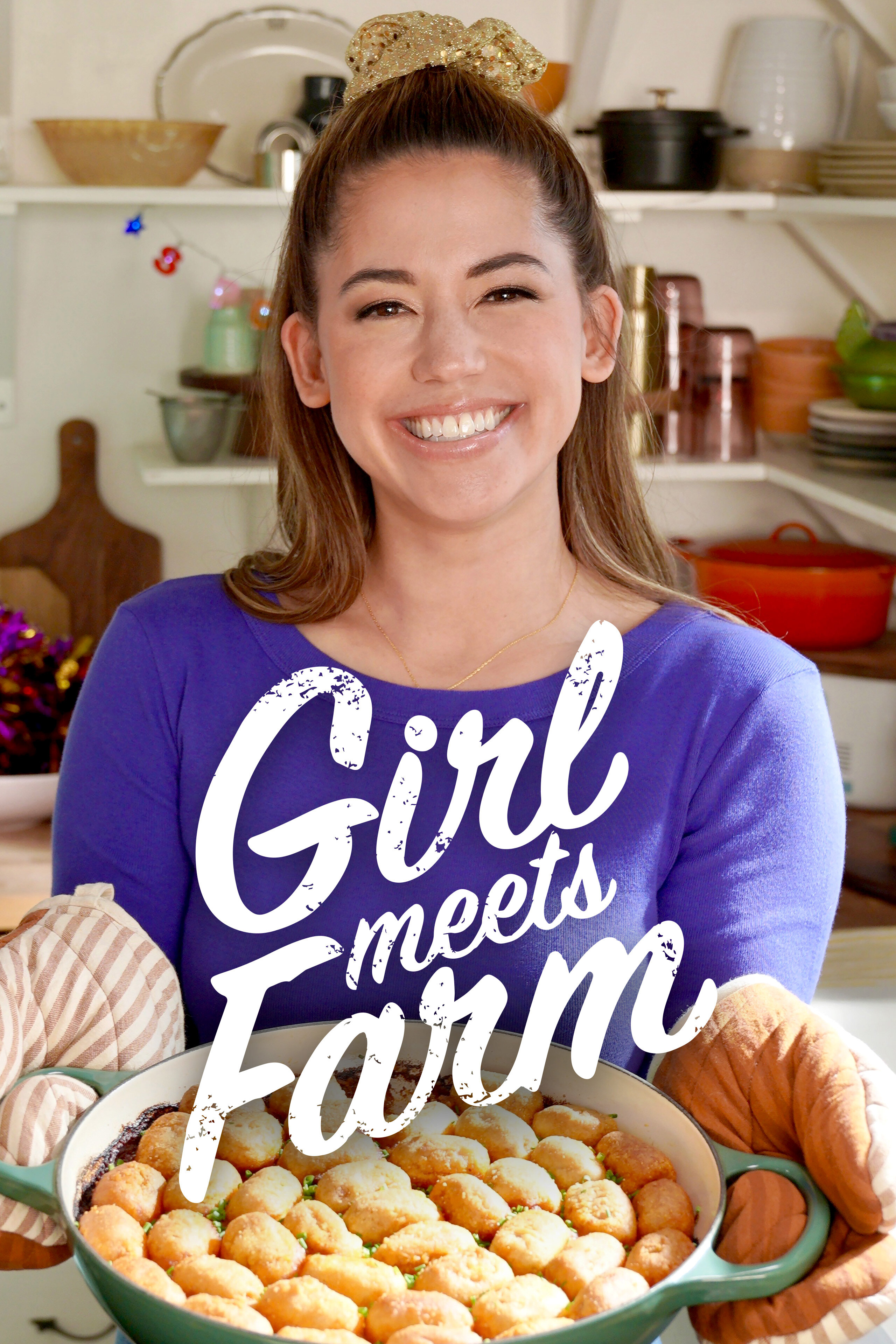There’s something magical about the idea of a city girl stepping into the world of farming. It’s like two worlds colliding—two completely different lifestyles blending together in ways you’d never expect. Girl meets farm isn’t just a story; it’s a movement, a lifestyle, and a growing trend that’s capturing hearts across the globe. If you’ve ever wondered what happens when a girl from the concrete jungle dives headfirst into the muddy boots of agriculture, then you’re in for a treat.
This isn’t just another tale of adventure. It’s a journey into understanding the complexities of modern farming, sustainability, and how urbanites are redefining their connection with nature. Whether it’s growing your own food or simply learning more about where your food comes from, this story has something for everyone.
So grab your gardening gloves, and let’s dive into the world where city meets country. You might just find yourself inspired to get your hands dirty too.
Why Girl Meets Farm Matters Today
Picture this: a young woman who’s spent her entire life surrounded by skyscrapers, coffee shops, and public transport suddenly decides to trade her high heels for boots. Why? Because somewhere along the way, she realized that the food on her plate has a story—and she wants to be part of it. The concept of "girl meets farm" is gaining traction because it represents a shift in mindset. People are starting to care more about where their food comes from and how it’s produced.
In a world dominated by processed food and fast-paced living, reconnecting with nature feels like a breath of fresh air. Urbanites are increasingly drawn to the idea of sustainable living, and farms provide the perfect backdrop for that. It’s not just about growing vegetables; it’s about creating a healthier, more mindful lifestyle.
According to a study by the USDA, urban farming is on the rise, with more than 15% of food consumed globally now grown in cities. This trend isn’t slowing down anytime soon, and it’s inspiring people to rethink their relationship with the earth.
The Rise of Urban Agriculture
Urban agriculture isn’t a new concept, but its popularity has skyrocketed in recent years. From rooftop gardens in New York City to community farms in London, cities around the world are embracing the idea of growing food locally. This movement is driven by a desire to reduce carbon footprints, promote food security, and reconnect with nature.
For many, the appeal of urban farming lies in its accessibility. You don’t need acres of land to start growing your own food. Even a small balcony or windowsill can become a thriving garden with a little creativity and effort. Plus, it’s a great way to teach kids about responsibility and sustainability.
Here are some fun facts about urban farming:
- Over 800 million people worldwide are involved in urban agriculture.
- Urban farms can produce up to 20 times more food per acre than rural farms.
- Community gardens increase property values by up to 9.4% in some neighborhoods.
What Happens When a Girl Meets Farm?
When a girl meets farm, it’s not just about planting seeds and harvesting crops. It’s about learning, growing, and transforming. Many women who venture into farming report feeling more connected to the earth and more fulfilled in their daily lives. It’s a journey of self-discovery that challenges assumptions and opens up new possibilities.
But it’s not all sunshine and rainbows. Farming is hard work, and transitioning from city life to rural living comes with its own set of challenges. From learning how to operate machinery to dealing with unpredictable weather, there’s a lot to adapt to. However, the rewards far outweigh the challenges for most.
Let’s take a look at some of the key aspects of this transition:
Learning the Ropes
When you step onto a farm for the first time, you quickly realize that there’s a lot to learn. From understanding soil health to mastering irrigation techniques, farming is a skill that takes time to develop. But that’s part of the fun! Many women find joy in the learning process and appreciate the sense of accomplishment that comes with mastering new skills.
Here are a few things every aspiring farmer needs to know:
- Soil health is crucial for successful farming.
- Composting can significantly improve crop yields.
- Rotation planting helps prevent soil depletion.
Benefits of Girl Meets Farm
There are countless benefits to embracing the farm life. For starters, it’s great for your physical and mental health. Spending time outdoors, getting your hands dirty, and working with nature has been shown to reduce stress and improve overall well-being. Plus, there’s nothing quite like the satisfaction of eating something you’ve grown yourself.
But the benefits don’t stop there. Farming can also have a positive impact on the environment. By growing your own food, you’re reducing your carbon footprint and supporting biodiversity. And if you’re part of a community farm, you’re also contributing to social cohesion and neighborhood development.
Health Benefits of Farming
Farming isn’t just good for the planet; it’s good for you too. Here are some of the health benefits of getting your hands dirty:
- Physical activity improves cardiovascular health.
- Exposure to nature boosts mental well-being.
- Access to fresh produce ensures a balanced diet.
Challenges Faced by Urban Farmers
While the idea of farming in the city sounds idyllic, it’s not without its challenges. Space constraints, limited resources, and zoning regulations can all make it difficult to start and maintain a farm in an urban setting. Additionally, urban farmers often face issues with soil contamination and access to water.
Despite these challenges, many urban farmers find creative solutions to overcome them. For example, vertical gardening allows you to grow more in less space, while rainwater harvesting systems can help conserve water. The key is to be resourceful and adaptable.
Overcoming Obstacles
Here are some tips for overcoming common challenges faced by urban farmers:
- Use raised beds to avoid contaminated soil.
- Invest in drought-resistant plants.
- Collaborate with local businesses to share resources.
Success Stories: Real-Life Examples of Girl Meets Farm
There are countless inspiring stories of women who’ve successfully transitioned from city life to farming. One such example is Jane Doe, a former marketing executive who traded her desk job for a life on the farm. Jane started small, growing herbs on her balcony, but soon expanded to a full-fledged urban farm that now supplies fresh produce to local restaurants.
Another success story is Sarah Smith, who turned an abandoned lot in her neighborhood into a thriving community garden. Her efforts not only transformed the space but also brought the community together, inspiring others to get involved in urban agriculture.
Meet Jane Doe: From Marketing to Farming
Let’s take a closer look at Jane Doe’s journey. Here’s a breakdown of her transformation:
| Category | Before | After |
|---|---|---|
| Profession | Marketing Executive | Urban Farmer |
| Location | Urban Apartment | Roof Garden |
| Hobbies | Shopping, Coffee Shops | Gardening, Composting |
The Future of Girl Meets Farm
As more people become aware of the benefits of urban farming, the future looks bright for the "girl meets farm" movement. With advancements in technology and increasing interest in sustainable living, the possibilities are endless. Imagine a world where every city has its own network of urban farms, providing fresh produce to residents and reducing the need for long-distance transportation.
But it’s not just about growing food. The future of girl meets farm also involves education, innovation, and community building. By teaching others about sustainable practices and encouraging collaboration, we can create a more resilient and connected world.
Innovations in Urban Farming
Here are some exciting innovations that are shaping the future of urban farming:
- Vertical farming systems that maximize space.
- Smart irrigation systems that conserve water.
- Community-supported agriculture programs that connect farmers with consumers.
How You Can Get Involved
If the idea of girl meets farm has sparked your interest, there are plenty of ways to get involved. Whether you want to start your own urban farm or simply learn more about sustainable living, there’s something for everyone. Here are a few suggestions to get you started:
- Attend local workshops on urban farming.
- Volunteer at a community garden.
- Join online forums and connect with other urban farmers.
Tips for Beginners
Starting your own urban farm can seem overwhelming, but it doesn’t have to be. Here are a few tips for beginners:
- Start small and grow gradually.
- Choose plants that are easy to care for.
- Learn from others and don’t be afraid to make mistakes.
Conclusion: Embrace the Farm Life
The journey of girl meets farm is one of discovery, growth, and transformation. It’s about reconnecting with nature, learning new skills, and creating a more sustainable future. Whether you’re a seasoned urban farmer or just starting out, there’s always something new to learn and explore.
So why not take the first step today? Whether it’s planting a few herbs on your windowsill or volunteering at a local farm, every little bit helps. And who knows? You might just find yourself falling in love with the farm life.
Don’t forget to share your experiences and connect with others in the community. Together, we can create a more sustainable and connected world. So, what are you waiting for? Get your hands dirty and embrace the farm life!
Table of Contents


